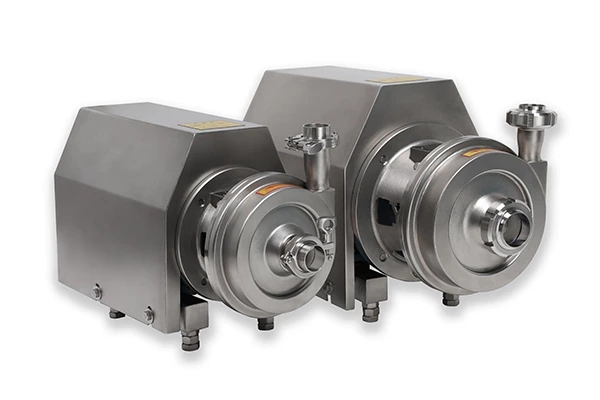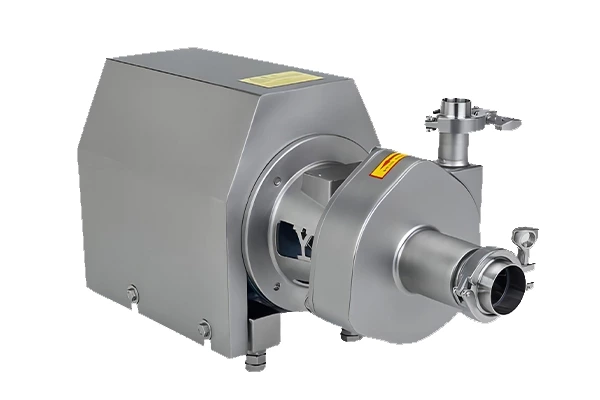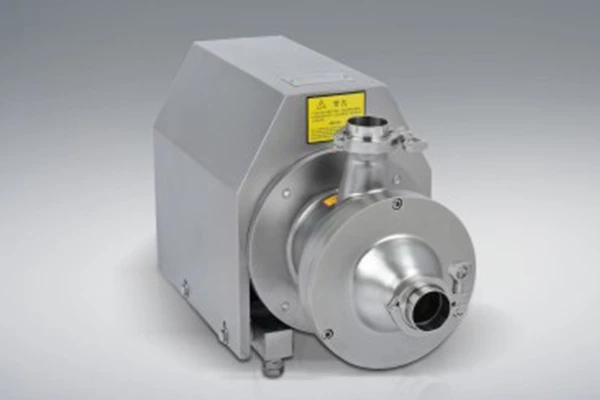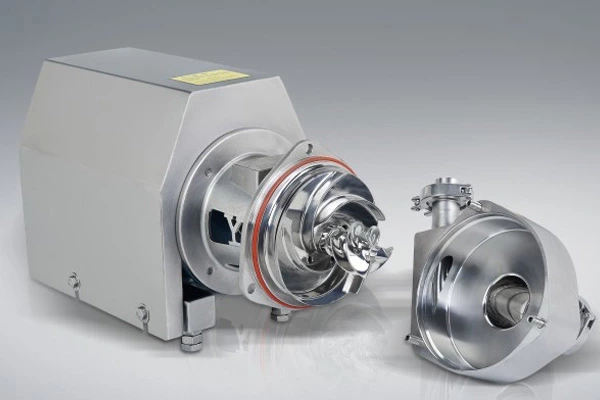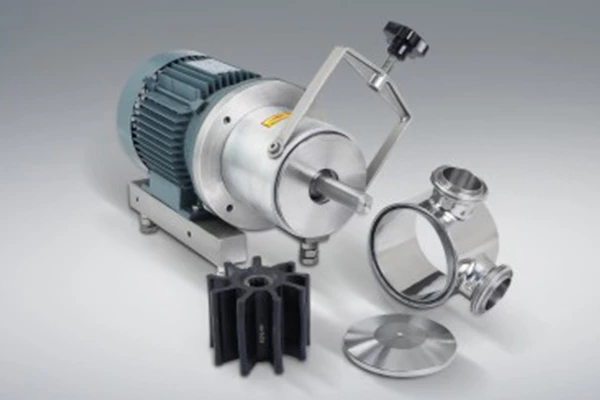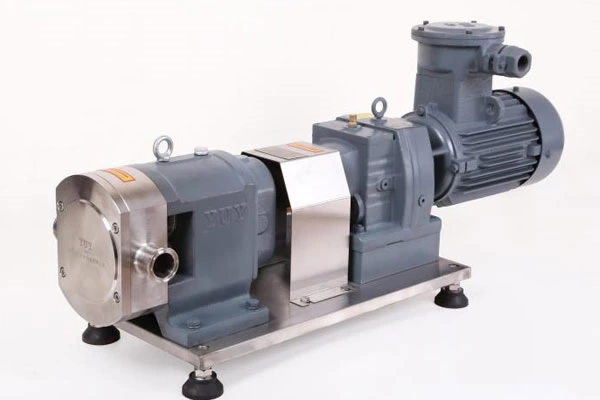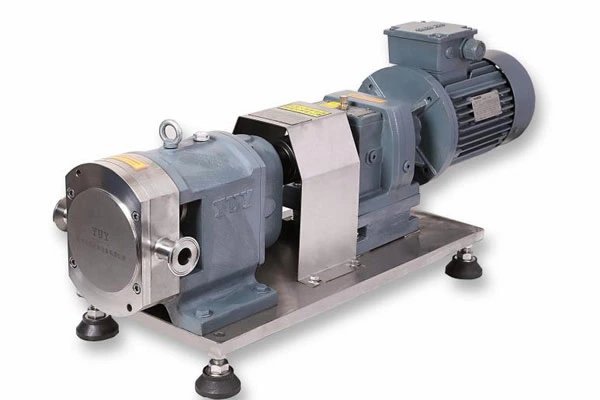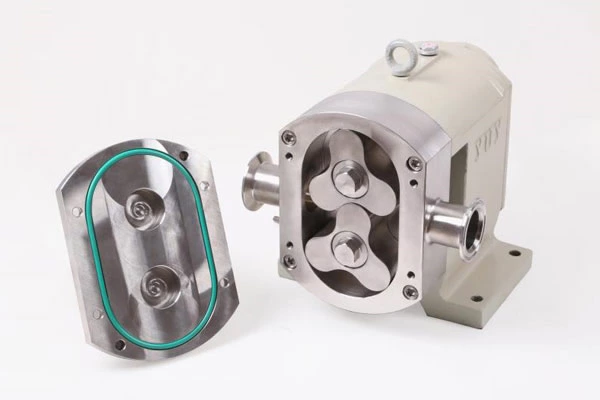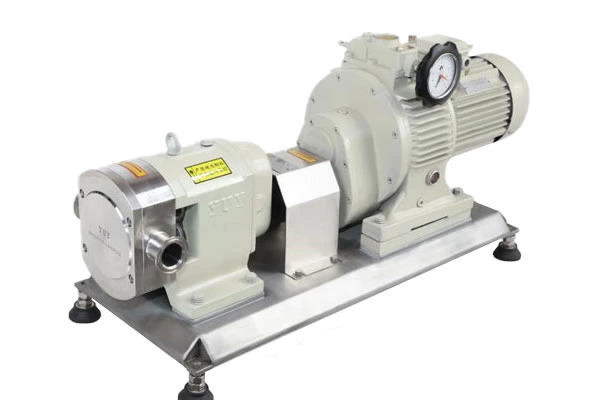Mechanical Seal Leakage
Today I will introduce to you the reasons for mechanical seal leakage and the solution to Sanitary Centrifugal Pump leakage: whether it is a self-priming pump, a centrifugal pump, a QW submersible sewage pump, etc., mechanical seals are the main cause of industrial water pump leakage.
Mechanical seals are also called end face seals. They have a pair of end faces perpendicular to the axis of rotation. Under the action of fluid pressure and compensating mechanical external elastic force, the end faces rely on the cooperation of auxiliary seals to keep fit with the other end and slide relatively, thereby preventing fluid leakage.
1. Common leakage phenomena:
The proportion of mechanical seal leakage accounts for more than 50% of all industrial water pump leakage reasons. The operation of mechanical seals directly affects the normal operation of water pumps. The following is a summary and analysis:
2. Causes of leakage:
(I) Leakage caused by pressure
1. Fault 1: Mechanical seal leakage caused by high pressure and pressure wave
Cause: The spring specific pressure and total specific pressure are designed too large. When the pressure in the seal cavity exceeds 3MPa, the seal end face specific pressure will be too large, the liquid film will be difficult to form, the seal end face will be severely worn, the heat will increase, and the seal surface will be thermally deformed.
Solution: When assembling the mechanical seal, the spring compression must be carried out according to the regulations. It is not allowed to be too large or too small. Measures should be taken for mechanical seals under high pressure conditions. In order to make the end face force reasonable and minimize deformation, materials with high pressure resistance such as carbide and ceramics can be used, and cooling and lubrication measures can be strengthened.
2. Fault 2: Mechanical seal leakage caused by vacuum operation
Cause: During the start-up and shutdown of the pump, due to the blockage of the pump inlet and the presence of gas in the pumped medium, negative pressure may occur in the sealing chamber. If there is negative pressure in the sealing chamber, dry friction of the sealing end face will occur, and the built-in mechanical seal will leak air (water).
Solution: Double-end mechanical seals are used for assembly, which helps to improve lubrication conditions and improve sealing performance.
(II) Leakage caused by the medium
1. Fault 1: The auxiliary seals of the static ring and the dynamic ring are inelastic or some have rotted, resulting in a large amount of leakage of the mechanical seal and even shaft grinding.
Cause: High temperature, weak acid and alkali in sewage corrode the auxiliary rubber seals of static ring and dynamic ring, resulting in excessive mechanical leakage. The rubber seals of dynamic and static rings are made of nitrile-40, which is not resistant to high temperature, acid and alkali, and is easily corroded when the sewage is acidic or alkaline.
Solution: For corrosive media, rubber parts should be made of fluororubber that is resistant to high temperature, weak acid and weak alkali.
2. Fault 2: Mechanical seal leakage caused by vacuum solid particle impurities
Cause: Solid particles enter the sealing end face, which will scratch or accelerate the wear of the sealing end face. The accumulation speed of scale and oil on the surface of the shaft (sleeve) exceeds the wear speed of the friction pair, causing the dynamic ring to be unable to compensate for the wear displacement. The operating life of the hard-to-hard friction pair is longer than that of the hard-to-graphite friction pair, because the solid particles will be embedded in the sealing surface of the graphite sealing ring.
Solution: Mechanical seals with tungsten carbide to tungsten carbide friction pairs should be selected in positions where solid particles are easy to enter.
3. Mechanical seal leakage caused by other problems
There are still unreasonable aspects in the design, selection, and installation of mechanical seals.
(1) The spring compression must be carried out according to the regulations. It is not allowed to be too large or too small. The error is ±2mm. Too much compression increases the end face pressure, too much friction heat, causing thermal deformation of the sealing surface and accelerated end face wear. Too little compression will cause insufficient end face pressure of the dynamic and static rings, and it will not seal.
(2) The end face of the shaft (or sleeve) where the dynamic ring seal is installed and the end face of the sealing cover (or housing) where the static ring seal is installed should be chamfered and polished to avoid damaging the dynamic and static ring seals during assembly.
The mechanical seal itself is a high-precision component with high requirements for design, machining, and assembly quality. When using a mechanical seal, various factors for using the mechanical seal should be analyzed to make the mechanical seal suitable for the technical requirements of various pumps and the requirements of the medium used and have sufficient lubrication conditions, so as to ensure long-term and reliable operation of the seal.
